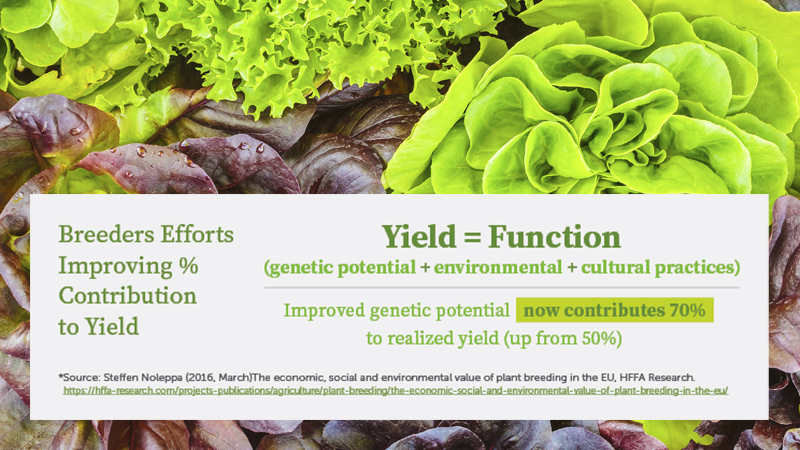Citrus Greening Research Breakthrough
Researchers have a new tool to combat citrus Huanglongbing (HLB), a disease threatening the nation’s $2.2 billion citrus industry.
Agricultural Research Service (ARS) scientists have sequenced the genome of the bacterium Candidatus Liberibacter asiaticus, which causes HLB. The bacterium resides in the plant’s phloem tissues, affecting the passage of nutrients and eventually killing the plant.
Plant pathologist Yong-Ping Duan and research leader David Hall, at the ARS U.S. Horticultural Research Lab in Fort Pierce, have sequenced more than 95% of the bacterium’s genome and have posted results in GenBank, an online database of genetic resources. They are currently sequencing the remaining 5% and plan to publish a paper describing what the genome reveals about the bacterium’s taxonomy, evolution and some of its enzymatic pathways.
Sequencing the genome should allow scientists to decipher the bacteria’s genetic code, study its biological features more closely, and unlock mysteries about how it spreads disease. Researchers also should be able to identify genes that play roles in disease development to help design control strategies.
The bacterium is transmitted from plant to plant by the Asian citrus psyllid (Diaphorina citri), a tiny brown insect that feeds on all kinds of citrus crops. Duan and Hall found sufficient target bacterial DNA for sequencing by searching among infected psyllids.
Find out more about ARS research on citrus greening at: http://www.ars.usda.gov/citrusgreening










